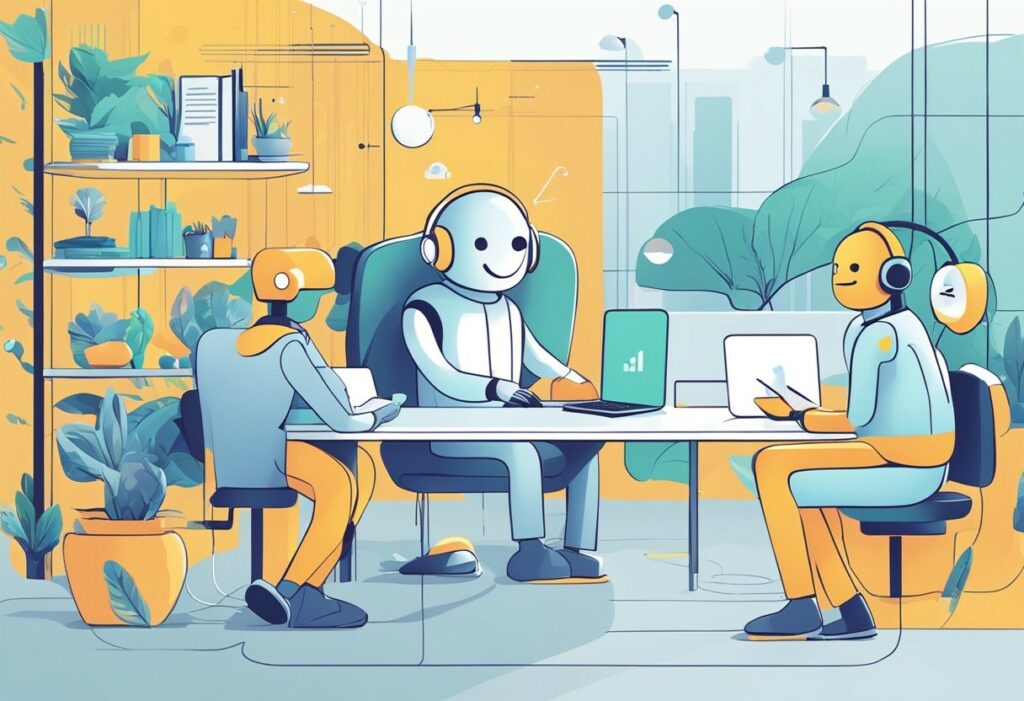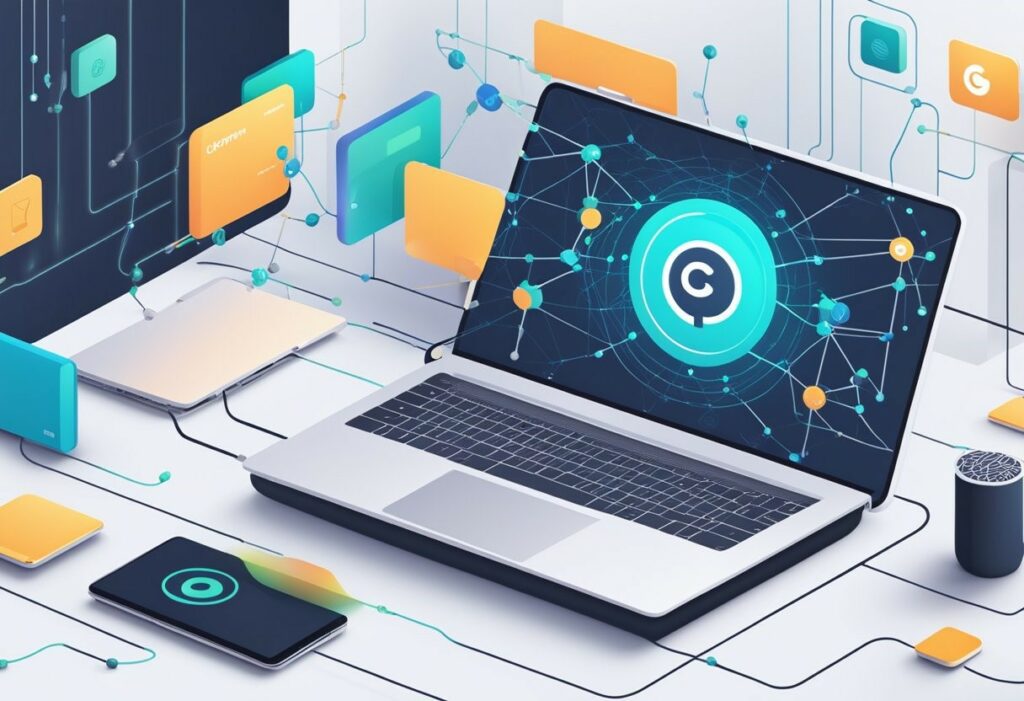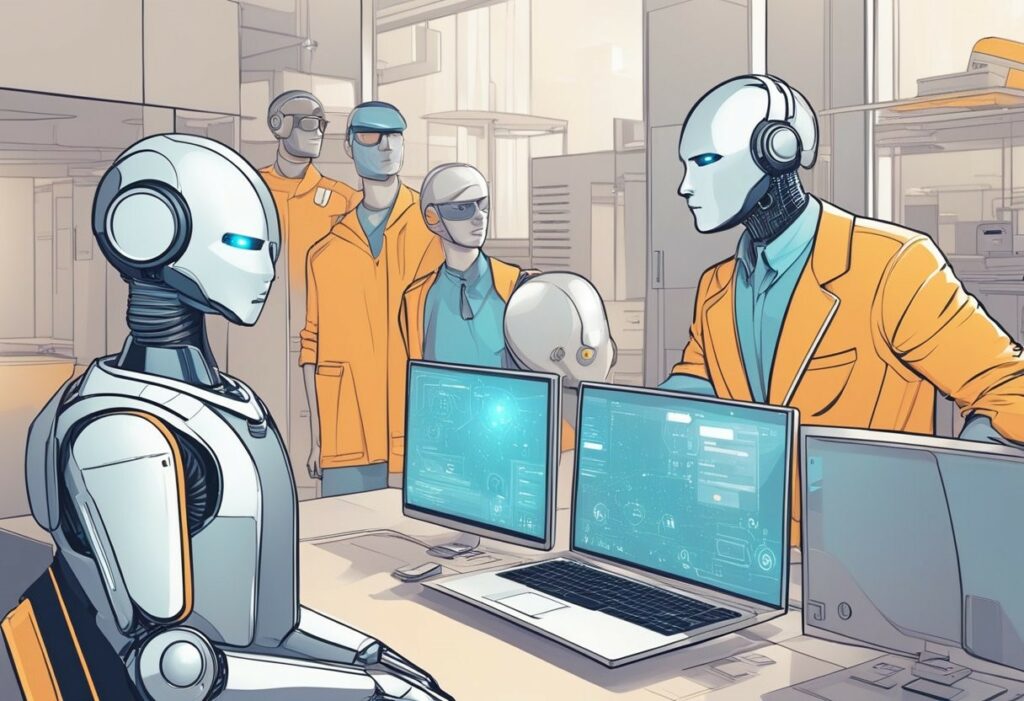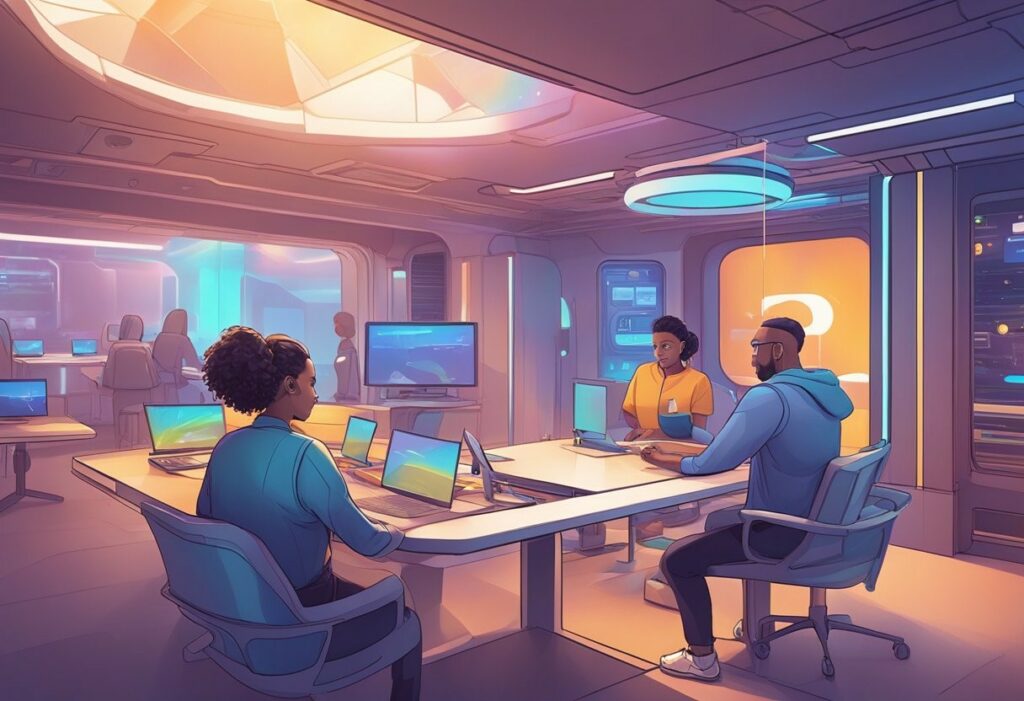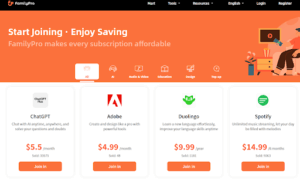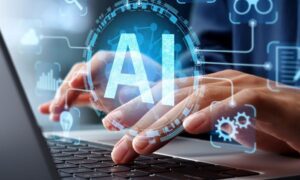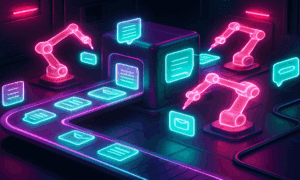ChatGPT is a conversational AI technology that has been making waves in the market. It is a game-changer in the field of artificial intelligence and has the potential to revolutionize the way people interact with machines. ChatGPT is an advanced language model that is capable of generating human-like responses to text-based inputs.
The rise of ChatGPT has been driven by the need for more efficient and effective communication between humans and machines. With the increasing use of chatbots and virtual assistants, there is a growing demand for conversational AI technologies that can understand and respond to natural language inputs. ChatGPT has emerged as a leading solution to this problem, offering a powerful and flexible platform for building intelligent conversational agents.
ChatGPT is built on advanced machine learning algorithms that enable it to learn from vast amounts of data and generate responses that are both accurate and relevant. It has been trained on a wide range of topics and can handle complex conversations with ease. As a result, it has become a popular choice for businesses looking to improve their customer service and engagement. With its ability to understand natural language inputs and generate human-like responses, ChatGPT Login is poised to transform the way we interact with machines in the years to come.
ChatGPT is a significant advancement in conversational AI technology that combines deep learning to mimic human-like text. It has come a long way since the development of ELIZA in the 1960s.
From ELIZA to GPT
ELIZA was one of the first chatbots developed in the 1960s. It was a simple rule-based system that used pattern matching to generate responses. ELIZA was limited in its ability to understand natural language and could only respond to specific keywords.
Over the years, chatbots have become more sophisticated, with the introduction of machine learning algorithms. In the 2010s, chatbots started using natural language processing (NLP) to better understand the context of a conversation.
Generative Pre-trained Transformer Advances
The most significant advancement in conversational AI technology came with the development of the Generative Pre-trained Transformer (GPT) model. GPT is a deep learning algorithm that uses unsupervised learning to generate human-like responses.
GPT-1 was developed in 2018, and it was the first model to use unsupervised learning to generate text. It was trained on a massive dataset of text, and it could generate coherent and grammatically correct responses.
In 2020, OpenAI released GPT-3, which is the most advanced version of GPT. GPT-3 has 175 billion parameters, making it one of the largest language models in existence. It has the ability to generate human-like responses that are difficult to distinguish from those of a real person.
ChatGPT builds on the advancements made by GPT and uses them to create a chatbot that can understand and respond to a variety of natural language inputs. With ChatGPT, businesses and organizations can improve their customer service and engagement by providing a more personalized experience for their customers.
Core Technologies Behind ChatGPT
ChatGPT is a state-of-the-art conversational AI technology solution that uses various core technologies to achieve its impressive performance. In this section, we will explore the three core technologies that power ChatGPT: Natural Language Processing, Machine Learning and Neural Networks, and Reinforcement Learning from Human Feedback (RLHF).
Natural Language Processing
Natural Language Processing (NLP) is a subfield of artificial intelligence that focuses on the interaction between computers and humans through natural language. ChatGPT uses NLP to understand and interpret human language input. It leverages techniques such as text normalization, tokenization, and named entity recognition to process and analyze text data.
Machine Learning and Neural Networks
Machine Learning (ML) is a branch of AI that enables machines to learn from data without being explicitly programmed. ChatGPT uses ML algorithms such as deep learning and neural networks to improve its conversational capabilities. It uses a transformer-based architecture that allows it to process and generate text data efficiently.
Reinforcement Learning from Human Feedback (RLHF)
Reinforcement Learning (RL) is a type of ML that involves training an agent to interact with an environment and learn from feedback. Chat Gpt login uses RL in combination with human feedback to improve its conversational abilities. It receives feedback from users in the form of ratings and uses this information to adjust its responses.
Overall, the combination of these core technologies has enabled ChatGPT to achieve impressive performance in conversational AI. It is constantly learning and improving, making it a game-changer in the field of conversational AI technology.
Impact and Applications
ChatGPT is a game-changing technology in conversational AI that has the potential to revolutionize various industries. Here are some of the applications of ChatGPT:
Revolutionizing Customer Service
ChatGPT can be used to automate customer service interactions, thereby reducing the workload of customer service representatives and improving customer satisfaction. ChatGPT’s natural language processing (NLP) features enable it to understand customer queries and provide accurate responses in real-time. This can reduce the time and effort required to resolve customer issues, leading to faster and more efficient customer service.
Advancements in Education
ChatGPT can also be used to enhance the learning experience for students. It can be used to create chatbots that can answer student queries and provide personalized feedback. This can help students learn at their own pace and improve their understanding of the subject matter. Additionally, ChatGPT can be used to create virtual assistants that can help teachers automate administrative tasks, such as grading assignments, scheduling classes, and managing student records.
Innovations in Healthcare
ChatGPT can also be used to improve healthcare services. It can be used to create chatbots that can assist patients in booking appointments, providing medical advice, and answering common health-related questions. This can help reduce the burden on healthcare providers and improve the overall quality of care. Additionally, ChatGPT can be used to analyze patient data and provide personalized treatment recommendations based on the patient’s medical history, symptoms, and other relevant factors.
In conclusion, ChatGPT is a versatile technology that has the potential to transform various industries. Its NLP features enable it to understand and respond to natural language queries, making it a valuable tool for automating customer service interactions, enhancing the learning experience, and improving healthcare services.
Future Directions and Challenges
As ChatGPT continues to evolve and gain popularity, there are several areas that require attention and present challenges for the technology. These areas include ethical considerations, continual learning and adaptation, and interoperability with emerging technologies.
Ethical Considerations
As with any AI technology, ethical considerations must be taken into account when developing and using ChatGPT. The technology has the potential to be used for malicious purposes, such as spreading misinformation or generating harmful content. It is important for developers and users to consider the potential impact of ChatGPT and take steps to ensure that it is used responsibly.
Continual Learning and Adaptation
One of the key strengths of ChatGPT is its ability to continually learn and adapt to new information. However, this also presents a challenge in terms of ensuring that the technology is continually updated and improved. Developers must work to ensure that ChatGPT is able to keep up with the latest trends and developments in language and communication.
Interoperability with Emerging Technologies
As new technologies emerge, it is important for ChatGPT to be able to work seamlessly with these technologies. This requires a high degree of interoperability and compatibility. Developers must work to ensure that ChatGPT is able to integrate with emerging technologies such as augmented reality, virtual reality, and natural language processing.
In conclusion, while ChatGPT represents a significant advancement in conversational AI technology, there are several areas that require attention and present challenges. Developers and users must work together to ensure that ChatGPT is used responsibly and continues to evolve and improve over time.


